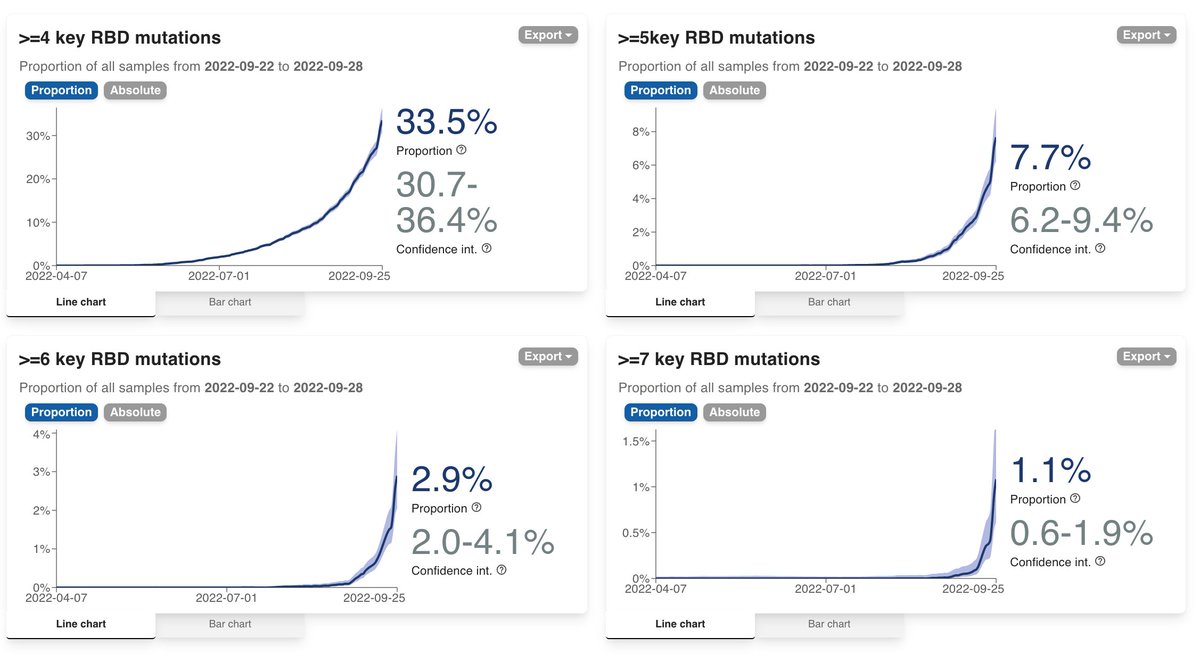
For straightforward problems, @github Copilot really rocks.
Yes, as a Python dev, I could code this up myself in less than a minute
But why spend mental energy on this if it can be auto-generated?
As a beginner, this could have easily taken me a few minutes. Now it's just seconds
Yes, as a Python dev, I could code this up myself in less than a minute
But why spend mental energy on this if it can be auto-generated?
As a beginner, this could have easily taken me a few minutes. Now it's just seconds
And the only unnatural about this example is that I deleted the output generated by copilot before recording.
Everything else is exactly as it was when I did it.
Nothing contrived, very natural usage pattern.
Everything else is exactly as it was when I did it.
Nothing contrived, very natural usage pattern.
It's hard to think of a better way of solving this problem.
Copilot chose a very pythonic solution.
There's a good chance handwritten solutions by many developers would be less idiomatic and more confusing.
Copilot chose a very pythonic solution.
There's a good chance handwritten solutions by many developers would be less idiomatic and more confusing.
What really made me start loving @code was its @ProjectJupyter integration.
I've always disliked native Jupyter notebooks for their lack of IDE features (bad vim support, code completion, highlighting etc.)
VSC makes it easy to run things in cells by adding #%%
Highly recommended
I've always disliked native Jupyter notebooks for their lack of IDE features (bad vim support, code completion, highlighting etc.)
VSC makes it easy to run things in cells by adding #%%
Highly recommended

No way, Github Copilot understands a Regex I wrote and generates an appropriate error message for it 🤯
Next: see whether it can do the inverse problem!
Prompt:
```
...
# Check if regex matches
regex = "[^ ()\s,]\s+[^ ()\s,;]"
```
Next: see whether it can do the inverse problem!
Prompt:
```
...
# Check if regex matches
regex = "[^ ()\s,]\s+[^ ()\s,;]"
```

• • •
Missing some Tweet in this thread? You can try to
force a refresh
















